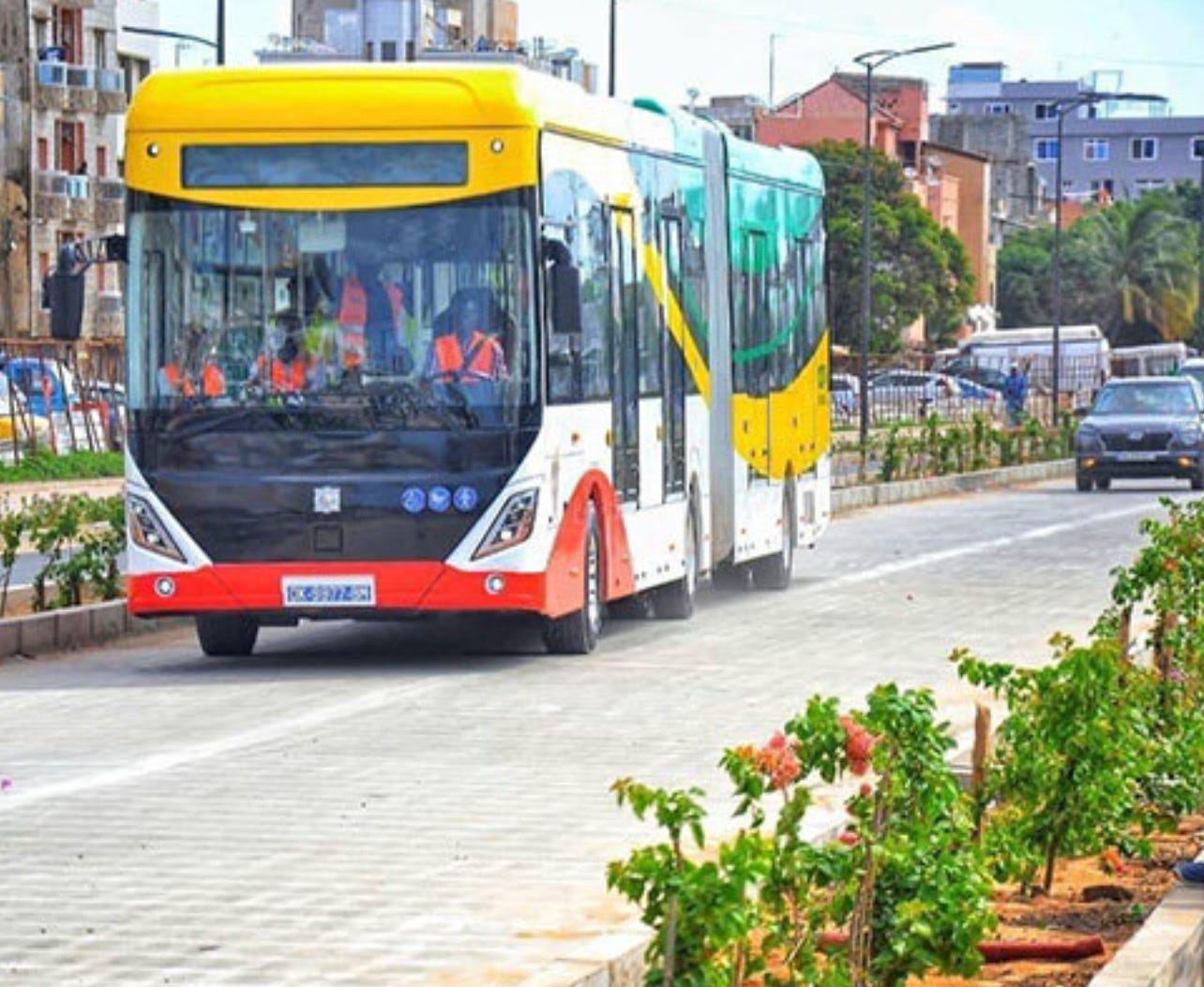Five Breakthroughs Transforming Emerging Market Cities
From e-buses to wetlands, a new playbook is emerging across Asia and Africa.
Cities in the Global South are the world’s growth engine. They add 70 million residents a year—the equivalent of seven new Cairos annually. Yet they face the toughest mix of challenges: rapid growth, fragile finances, and climate extremes. The most exciting story right now? Practical breakthroughs in planning and design that are reshaping cities at speed and scale.
Here are five that matter most—and why.
1. Electric buses + BRT are moving from pilots to scale
Dakar launched Africa’s first fully electric BRT: 18 km of dedicated lanes, smart control, and public–private finance.
India’s PM-eBus Sewa will put 10,000 e-buses into service across 100+ cities, backed by payment-security mechanisms.
East Africa (BasiGo in Nairobi and Kigali) has 100+ e-buses in operation under “pay-as-you-drive” contracts.
Why it matters: Mass e-bus transit delivers the biggest emissions and air-quality win per dollar, while cutting travel time for workers.
Takeaway: Pick one corridor, lock in PPP financing, and publish monthly bus-speed dashboards to show impact.
2. Nature-based flood and heat resilience is becoming policy, not pilot
Kigali is restoring 491 hectares of wetlands for flood protection and public space.
Colombo integrated wetlands into its stormwater system and earned Ramsar Wetland City status.
Ahmedabad pioneered India’s Heat Action Plan—now a national model.
Why it matters: Wetlands and heat plans are low-cost insurance for cities facing climate extremes.
Takeaway: Map your floodplains and heat hotspots, declare “sponge basins” as no-build zones, and fund shade + cooling centers where vulnerability is highest.
3. Open geospatial data + AI = affordable cadastres and digital twins
Google’s Open Buildings now maps 1.8B footprints across Africa and Asia, with year-by-year change and building heights.
Overture Maps provides open, cloud-ready data in formats planners can actually use.
Rwanda’s low-cost titling drive proved you can map 10M parcels at ~$7 each.
Why it matters: With open footprints, cities can simulate floods, value land, and bill property tax at a fraction of historic costs.
Takeaway: In 90 days, any city can pilot parcel inference + valuation + billing in one ward using free data.
4. Community upgrading is gaining legal and budgetary backing
Mukuru Special Planning Area (Nairobi): a city-approved plan integrating tenure, services, and health for 600,000+ residents.
Rwanda’s tenure regularization shows how to scale fast, cheap titling and feed revenues back into cities.
Why it matters: When slum upgrading is tied to legal planning instruments and city budgets, it moves beyond one-off NGO pilots into mainstream service delivery.
Takeaway: Declare one settlement an SPA, co-design minimum service standards, and earmark property-tax receipts for in-area upgrades.
5. Digital permitting is cutting red tape—and informal building
India’s Online Building Permission Systems (OBPS) now cover 2,400+ towns.
Telangana’s TS-bPASS gives instant approvals for small plots and 21-day single-window clearance for larger ones.
New states are adopting “deemed approval” if deadlines lapse.
Why it matters: Cutting approval times from months to days reduces informality, lowers developer financing costs, and speeds housing supply.
Takeaway: Launch OBPS with strict 21-day service-level agreements, automated land-record checks, and monthly public dashboards.
Why this matters
These are not abstract reforms—they are cash-flow positive moves:
Faster commutes → higher worker productivity.
Wetlands and heat plans → avoided disaster losses.
Digital cadastres → 0.5–1% of city GDP in new tax revenues.
SPA upgrading → better living standards and stronger rate bases.
E-permits → cheaper housing finance and formal growth.
Edge Signal: The future of cities in Asia and Africa is being written not in glossy masterplans but in corridor pilots, legal designations, open data, and digital systems that scale.


